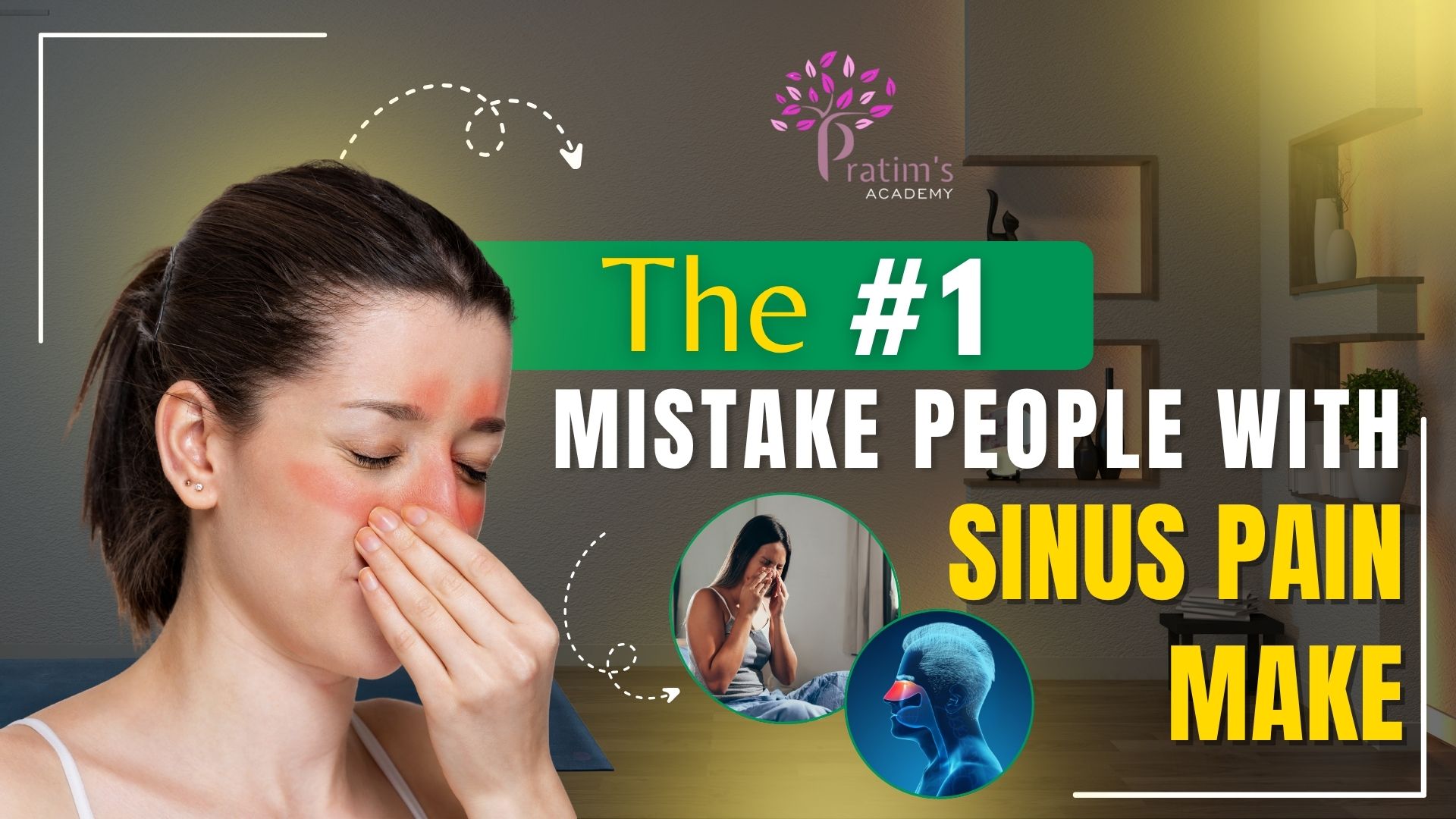
You know the feeling: the pounding headache, the pressure behind your eyes, and a nose that’s either completely blocked or running like a tap. You reach for a painkiller or a nasal spray, find a few hours of relief, and then it all comes roaring back. Sound familiar? If you’re stuck in this frustrating cycle, you’re likely making the single biggest mistake people with sinus pain make. And it’s not what you think.

The #1 mistake is focusing only on masking the symptoms instead of treating the root cause of the inflammation. True relief doesn’t come from a quick fix; it comes from understanding why your sinuses are angry and giving them what they actually need to heal. Let’s break down how to stop this cycle for good.
When sinus pressure hits, it’s natural to grab the fastest-acting remedy. Decongestant sprays can open your nasal passages, and painkillers can dull the ache. But here’s the problem: these actions only put a temporary bandage on the issue.
They don’t thin the trapped mucus, they don’t soothe the swollen sinus lining, and they certainly don’t address the allergy or dry air that may have triggered the problem. Once the medication wears off, the inflammation is still there, and you’re right back where you started -trapped in a cycle of recurring pain and congestion.
To break the cycle, you need to shift your goal from masking pain to healing the problem. The first step is to help your body clear out the trapped mucus and calm the inflammation. These aren’t just comfort measures; they are active treatments.

Once you’ve calmed the immediate flare-up, the next step is to prevent it from happening again. This means identifying and managing your personal triggers.
If you’ve only been treating symptoms and the problem isn’t improving, you can’t afford to ignore it. It’s a critical sign that the underlying cause needs professional medical help. You must see a doctor if:
These can be signs of a serious bacterial infection that requires antibiotics or other medical interventions.

Living with sinusitis can be a drag, but it doesn’t have to control your life. Stop chasing the pain with temporary fixes and start addressing the inflammation at its source. By understanding the triggers and implementing these simple yet effective strategies, you can take control of your sinus health and breathe a whole lot easier.
1. Hamilos, D. L. (2000). Chronic sinusitis. Journal of Allergy and Clinical Immunology, 106(2), 213-227.
2. Subcommittee on Management of Sinusitis and Committee on Quality Improvement. (2001). Clinical practice guideline: management of sinusitis. Pediatrics, 108(3), 798-808.
3. Carr, T. F. (2016). Complications of sinusitis. American Journal of Rhinology & Allergy, 30(4), 241-245.
4. Wyler, B., & Mallon, W. K. (2019). Sinusitis update. Emergency Medicine Clinics, 37(1), 41-54.